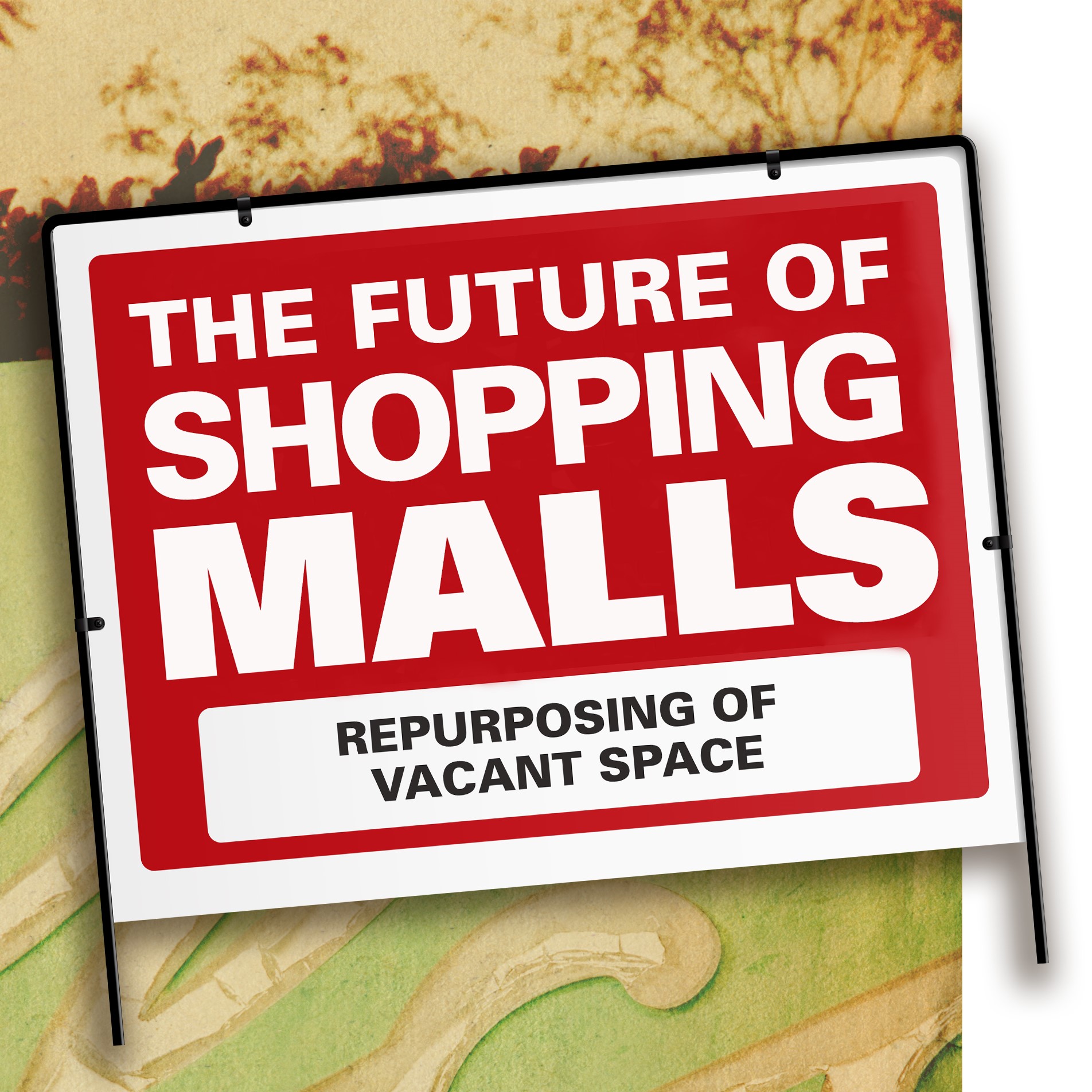The Future of Shopping Malls
Ahh! Shopping malls. Large sites filled with every type of imaginable store providing one-stop shopping. In their heyday malls were filled with people. Whether shopping, hanging out with friends, visiting the food court or catching a movie, the mall was a destination.
But, as our lives became busier we had less time to take care of everyday obligations, and mall traffic began to decrease. Then, along came online shopping to simplify our lives. Filled with more choices and selections than the local store, we could buy what we wanted or needed anytime with just a click of a button. Best of all, we didn’t even have to leave the house. This eliminated our need to actually shop at stores and we could spend that time doing other things. E-commerce wreaked havoc on the retail industry with many retailers permanently closing or closing underperforming stores. This led to increased vacancies in malls, and it became difficult to fill those empty spaces.
Just when it seemed things could not get worse for the retail industry, COVID-19 hit. In order to slow the spread of the virus, social distancing strategies were implemented but, as businesses shut-down operations, these containment measures led to a severe contraction in economic activity. This resulted in the continued acceleration of e-commerce as we increased our online shopping with home delivery or curbside pickup, a further blow to malls.
Walk into a mall today and you see very few people. You also see vacant space once filled with well-known anchor tenants such as Sears, Lord & Taylor, J.C. Penney, Carson’s, etc. As consumers increase their e-commerce spending, what is to become of malls and the large amount of space they occupy? Limited weekend traffic and curbside pickup will not sustain them. Coresight Research, a firm specializing in the retail sector, estimates that 25% of the malls in the United States will close over the next three to five years.¹ That is a lot of vacant space. Historically,
entertainment companies, fitness centers and restaurants have stepped in to fill these vacancies.
However, COVID-19 has taught us that the types of businesses have not performed well in a time of social distancing. As a result, mall owners and even municipalities are seeking new ways to repurpose mall space during a time when the market for in-person shopping is contracting.
Some logical choices to fill these sites include apartment complexes, office buildings or corporate headquarters. However, with many employees still working remotely commercial space is not seen as a viable option either. So, what other options may work?
In Michigan, the City of Sterling Heights, has been researching options for the transformation of Lakeside Mall. Once the city’s largest retail hub, the mall has lost many tenants. The latest plan is to transform Lakeside Mall into a “mixed-use space focused on walkability, placemaking and community.”² The mixed-use space could include commercial and residential space along with retail. The plan would dramatically shift the look and uses around the property.
The most logical use that has surfaced is converting empty anchor spaces into fulfillment and distribution centers to speed up e-commerce deliveries. With e-commerce booming, the demand for fulfillment and distribution centers across the country is spiking. A recent report disclosed Simon Property Group, Inc., the largest mall owner in the United States, has been communicating with Amazon, Inc. to convert some of their vacant mall anchor space into fulfillment centers.³ This may require approval and rezoning by the local municipality. If this proves successful, other retail giants may follow suit.
Another potential use for vacant mall space is medical facilities. In some malls, vacant anchor stores have been converted into COVID-19 vaccination clinics. In addition to these temporary clinics, healthcare providers have found success providing their services in retail centers. As a result, the number of health-care clinics as mall tenants providing primary and specialty care are expected to increase.
A unique concept is converting vacant retail space for church use. Several churches have claimed either the entire building, or a section such as an anchor store, for their congregations. Churches have found opportunities not only in the centralized location but also cost efficiencies in repurposing the distressed real estate.
Is there a future for shopping malls after COVID-19? Although in-person shopping will not disappear in the near future, retail store vacancies will continue increasing. Mall owners and municipalities need to think forward about options for repurposing vacant space with tenants that can continue generating revenue in times of life-altering events. Otherwise, they risk the site to remain vacant for many years, like other “dead” malls.
¹www.cnbc.com/2020/08/27/25percent-of-us-malls-are-set-to-shut-within-5-years-what-comes-next.html


